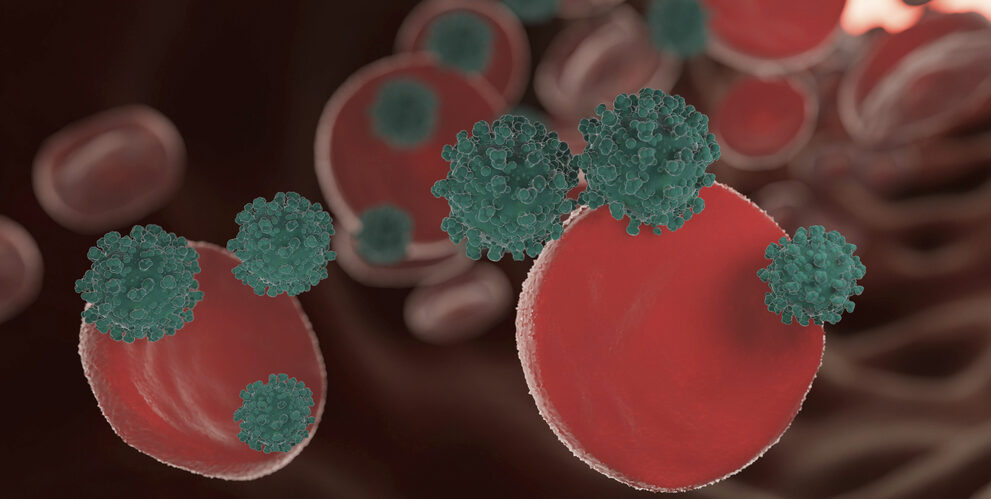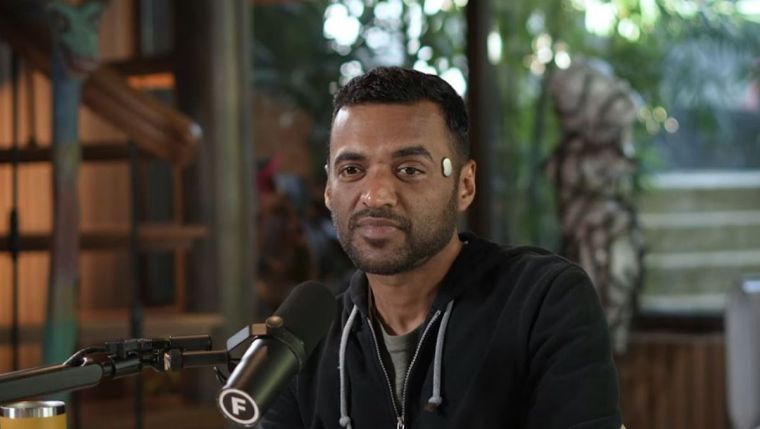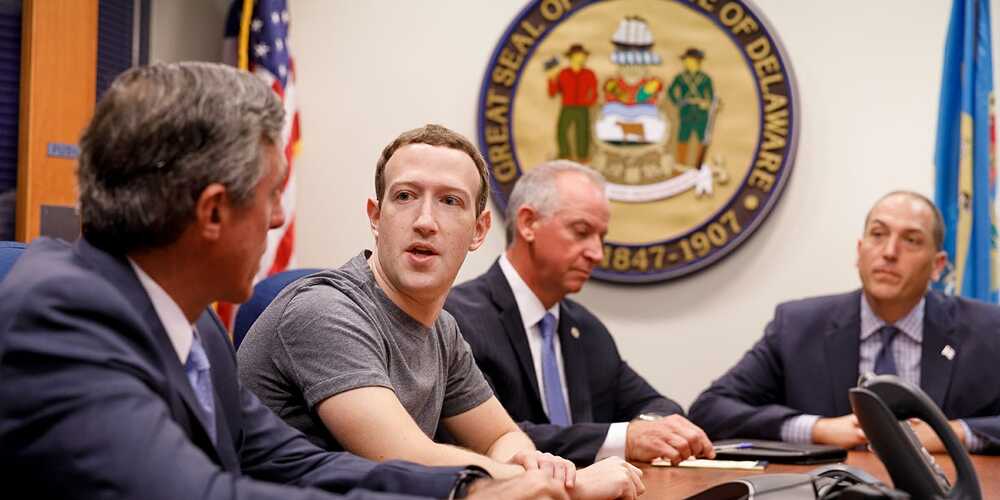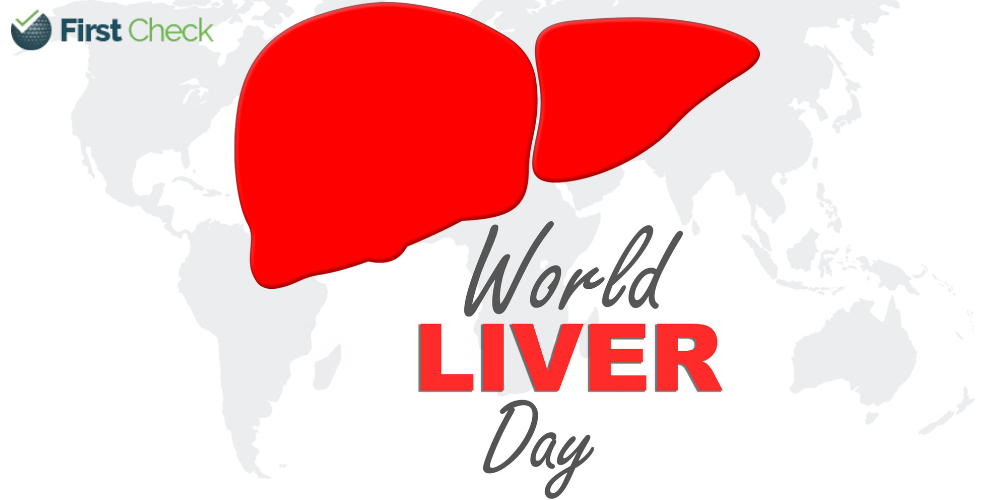Over 2 lakh Indians have sickle cell disease, true count likely higher
More than 5.8 crore people have been screened so far for sickle cell disease, but experts say millions more may be undiagnosed
Author
Author
- admin / 7 months

- 0
- 3 min read

Author
More than 2.1 lakh people in India are living with sickle cell disease (SCD), with over 16 lakh carrying the trait, figures that experts warn may be just a fraction of the country’s true burden, latest government figures reveal. As India faces prevalence and childhood mortality rates comparable to Africa, the government has intensified its national mission to eliminate the genetic disorder by 2047, ramping up screening, awareness, and targeted care for tribal populations most at risk.
Sickle cell disease(SCD), is a chronic, single-gene disorder that causes a debilitating systemic syndrome characterized by chronic anaemia, acute painful episodes, organ infarction, and chronic organ damage, significantly reducing life expectancy. While SCD is globally prevalent, India carries one of the world’s highest burdens, particularly among tribal populations and in central, western, and southern states.
Latest government data highlights the scale of the problem: over 5.81 crore individuals have been screened, revealing approximately 2.1 lakh people living with SCD and 16.4 lakh with the sickle cell trait.
“However, these numbers possibly represent only the tip of the iceberg in a country of more than 1.4 billion people where prevalence varies widely between different regions,” said this piece published in PubMed Central.
“The situation in India appears to be closer to that in Africa in terms of both the number of individuals affected and the severity of disease, particularly in early childhood,” the piece added.
In May 2023 the government told Rajya Sabha that it ensured “affordable, accessible and quality care to all Sickle Cell Diseased patients, reduction in the prevalence of Sickle Cell Disease through awareness creation, targeted screening of 7 crore people till year 2025-26 in the age group of 0-40 years in affected 278 districts of tribal areas and counselling through collaborative efforts of central ministries and state governments.”
India has launched a national mission to eliminate sickle cell disease by 2047. This ambitious plan includes mass screening, targeting 70 million people in tribal areas, awareness campaigns, and improved access to diagnosis and treatment. A digital portal and mobile app have been created to track real-time data, ensuring better coordination and follow-up. The government’s approach is multifaceted, involving both the Ministry of Health and Family Welfare and the Ministry of Tribal Affairs, and emphasizes prevention, early detection, and comprehensive care.
Also read: https://firstcheck.in/fight-for-survival-against-a-rare-disease/










